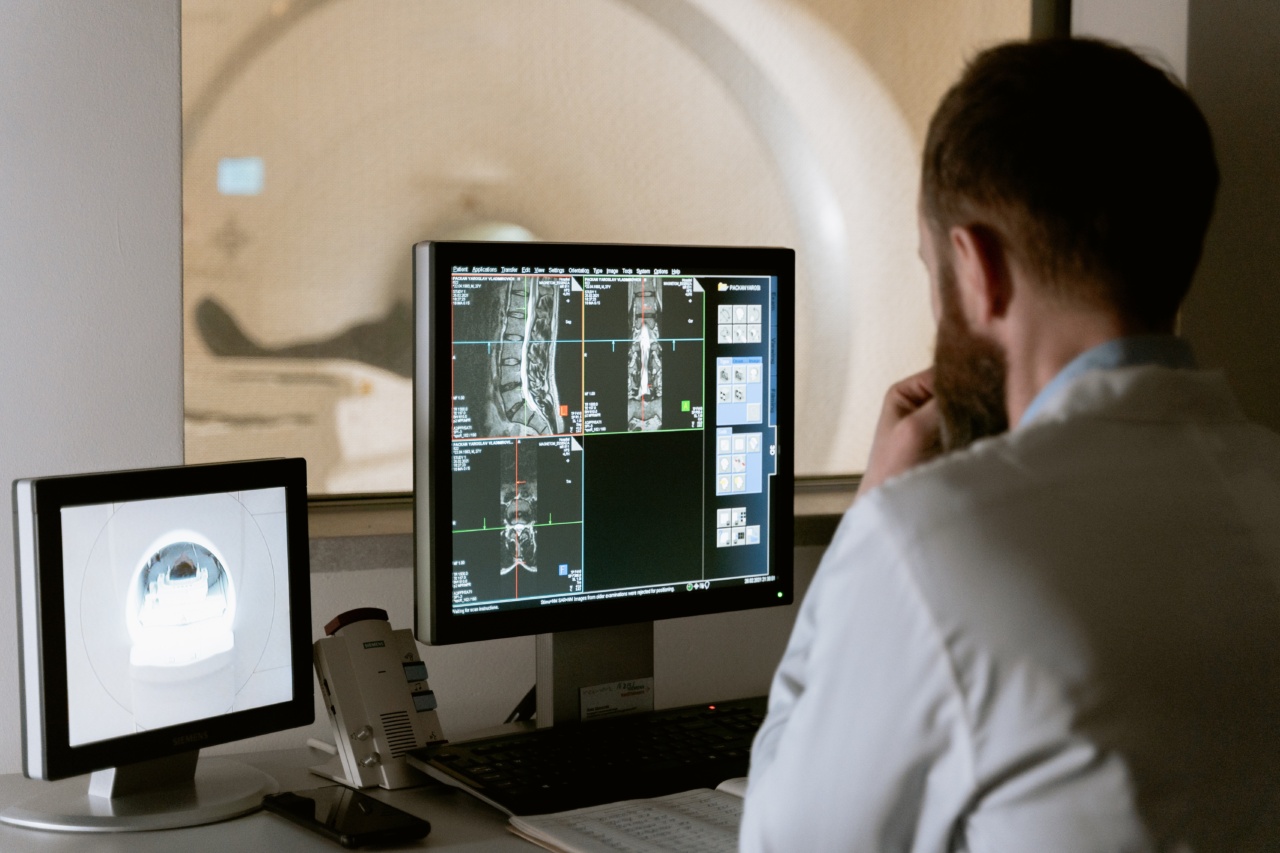The prostate gland is a small walnut-shaped gland that is part of the male reproductive system. It is located just below the bladder and surrounds the urethra, the tube that carries urine out of the body.
The prostate gland produces and secretes a fluid that nourishes and protects sperm, which is vital for reproduction.
Why is Prostate Health Important?
Maintaining good prostate health is crucial for overall well-being and quality of life. As men age, the prostate gland can sometimes become enlarged, leading to a condition called benign prostatic hyperplasia (BPH).
BPH can cause urinary symptoms such as frequent urination, weak urine flow, and difficulty emptying the bladder completely. It can also increase the risk of urinary tract infections and other complications.
In addition to BPH, men are also at risk for prostate cancer, which is the second most common cancer in men worldwide. Detecting prostate cancer early is essential for successful treatment and improved outcomes.
Assessing Prostate Health
Regular assessments of prostate health can help identify any potential issues early on. Here are some methods commonly used to assess prostate health:.
1. Digital Rectal Examination (DRE)
A DRE involves a healthcare professional manually examining the prostate gland by inserting a lubricated, gloved finger into the rectum. This allows them to feel the size, shape, and texture of the prostate gland.
Although it may be slightly uncomfortable, a DRE is a quick and important assessment for prostate health.
2. Prostate-Specific Antigen (PSA) Test
A PSA test is a blood test that measures the level of PSA, a protein produced by the prostate gland. Elevated PSA levels can indicate various prostate conditions, including BPH or prostate cancer.
However, it’s important to note that an elevated PSA level does not necessarily mean prostate cancer is present, and further testing may be needed to determine the cause.
3. Transrectal Ultrasound (TRUS)
A transrectal ultrasound uses sound waves to create images of the prostate gland. During a TRUS, a small probe is inserted into the rectum, allowing for a detailed examination of the prostate.
This procedure helps assess the size, shape, and structure of the gland and can assist in diagnosing conditions such as BPH or prostate cancer.
4. Prostate Biopsy
If an abnormality is detected during other assessments, a prostate biopsy may be recommended. A biopsy involves taking small tissue samples from the prostate gland for further examination under a microscope.
This procedure helps determine if cancer or other abnormalities are present.
5. Urine Flow Test
Urine flow tests measure the rate at which urine flows during urination. This test can help evaluate the function of the urinary tract and detect any urinary obstruction caused by an enlarged prostate.
6. Symptom Assessment
Assessing urinary symptoms is an important aspect of evaluating prostate health.
Symptoms such as frequent urination, weak urinary flow, nocturia (waking up during the night to urinate), and difficulty initiating or stopping urine flow may indicate potential prostate issues.
7. Prostate Imaging
Advanced imaging techniques, such as magnetic resonance imaging (MRI) or computed tomography (CT) scans, may be used to obtain detailed images of the prostate gland.
These imaging tests can help identify abnormalities or lesions that may require further investigation.
8. Genetic Testing
In some cases, genetic testing may be recommended to assess the risk of developing prostate cancer. Certain genetic mutations or family history of prostate cancer can increase the likelihood of developing the disease.
9. Prostate Health Supplements
While not a diagnostic tool, some men may choose to take prostate health supplements containing ingredients like saw palmetto or beta-sitosterol.
These supplements are believed to support prostate health, but it’s important to consult with a healthcare professional before starting any new supplement regimen.
10. Regular Check-ups
Lastly, scheduling regular check-ups with a healthcare professional is crucial for maintaining overall prostate health.
By having open and honest discussions about any changes in urinary or sexual function, as well as sharing any concerns or symptoms, a healthcare professional can provide the necessary guidance and assessments.
Conclusion
Assessing prostate health is essential for early detection and management of potential issues. Regular examinations, such as digital rectal exams, PSA tests, and imaging studies, can help identify any abnormalities or signs of prostate cancer.
Maintaining good prostate health through a balanced diet, regular exercise, and routine check-ups is vital for men’s overall well-being and longevity.






























